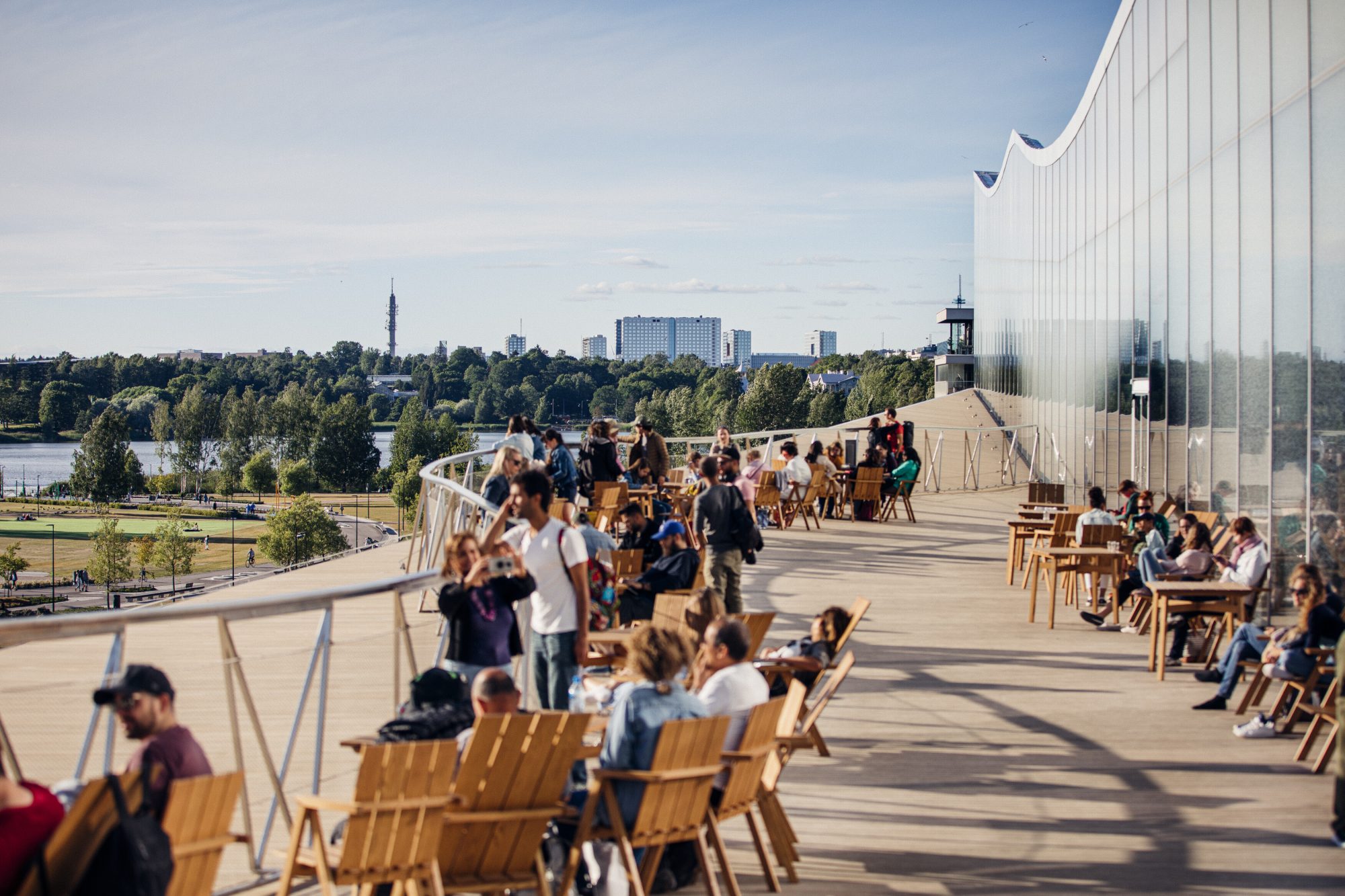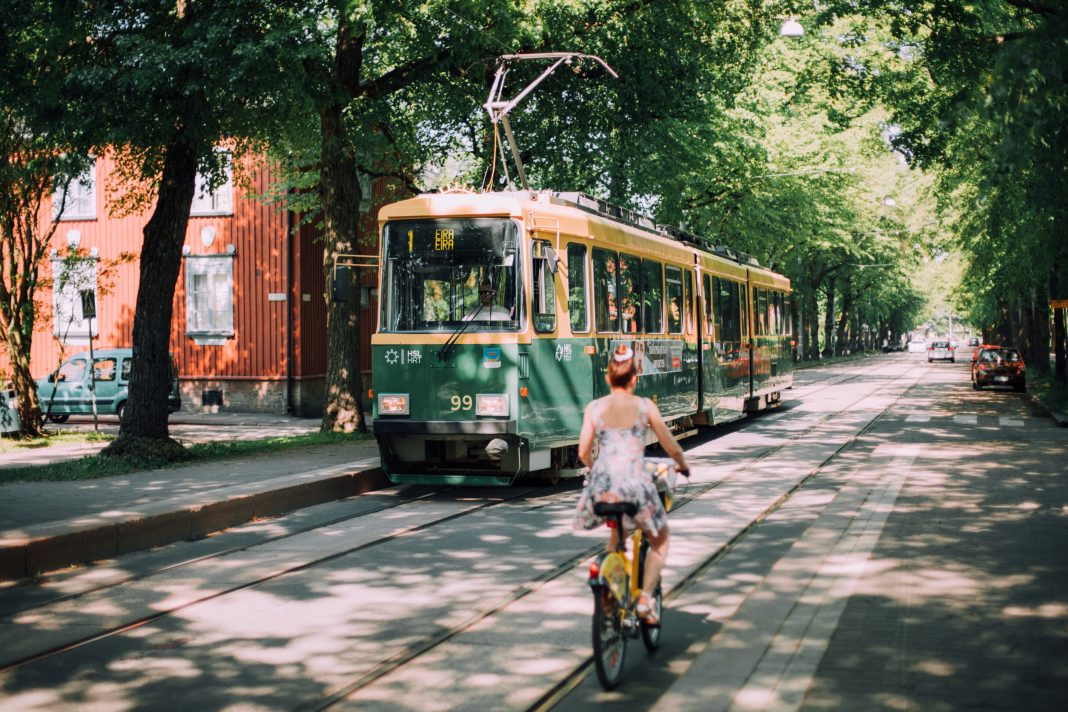Helsinki, a sustainability powerhouse, emerges as a global leader in smart tourism. Boasting a top-ranking for sustainable travel, Helsinki pioneers carbon neutrality, community engagement, and innovation, setting the stage for a green urban future
In the realm of global tourism, Helsinki has emerged as a destination and a beacon of sustainability, scaling new heights on the Global Destination Sustainability Index.
The rise of a sustainable Helsinki
Helsinki is welcoming travellers with open arms catapulting itself eight places to claim the title of the world’s fourth most sustainable tourist destination. Yet, this isn’t a tale of overnight success; it’s a narrative woven over years of deliberate planning and a steadfast commitment to a vision of sustainable tourism.
“In Helsinki, sustainable tourism is not a checkbox; it’s a strategic goal,” declares Tourism Director Nina Vesterinen, as she reflects on the city’s journey. The commitment was recognized globally when Helsinki was crowned the European Capital of Smart Tourism in 2019. This designation wasn’t just an accolade but a promise to the world that Helsinki would evolve into the smartest and most sustainable travel destination.
Strategic initiatives: Beyond the surface
The beating heart of Helsinki’s sustainability journey lies in the city’s comprehensive strategy. “An appealing city also attracts travellers. We will develop Helsinki into the smartest and most sustainable travel destination,” declares Helsinki’s Tourism Director Nina Vesterinen, setting the tone for a transformative vision. The city has embarked on a multifaceted approach, emphasizing inclusivity, climate action, and community engagement.
Delving into the nitty-gritty, Helsinki Tourism and Destination Management Unit has driven this transformation. Many plans and studies, including the Helsinki Tourism Climate Action Plan, resident engagement initiatives, and circular economy strategies, showcase the city’s commitment to weaving sustainability into its very fabric.
But it’s not just about paperwork and plans. Helsinki has actively engaged with its residents, hosting events and surveys to ensure the local voice is heard. The city is not just a tourist destination; it’s a shared space where locals and visitors coexist, contributing to the vibrant tapestry of Helsinki’s identity.
Inclusivity as a cornerstone
Helsinki’s commitment to diversity, equity, and inclusion isn’t just a facet of its tourism strategy; it’s a core value embedded in the city’s DNA. Awards like the EU Access City Award and the European Capitals of Inclusion and Diversity Award underscore Helsinki’s success in creating an accessible and inclusive environment.
DEI development is economically vital. Helsinki recognizes the economic importance of accessible services and aims to be a global example of inclusivity.

Helsinki’s quest for carbon neutrality
Helsinki’s ambition doesn’t stop at tourism. The city has set its sights on a grander goal — to be carbon neutral by 2030. This audacious target involves a meticulous reduction of direct emissions, with transport, energy solutions and construction, of which the most significant part of Helsinki’s emissions are generated.
“Our journey toward carbon neutrality is not just about meeting targets; it’s about reshaping the very fabric of our city,” emarks Kaisa Reeta Koskinen head of the climate unit at Helsinki’s Environment Urban Division. From energy-efficient housing to a surge in renewable energy, Helsinki is redefining urban living. The city has achieved a 33% reduction in emissions by 2021, demonstrating that sustainability isn’t a distant dream but a tangible reality.
Building a sustainable future
In the realm of construction, Helsinki stands as a pioneer. The city’s innovative programs, such as the Energy Renaissance Team, offer a roadmap for energy-efficient transformations. The team, composed of 10 energy engineers, has consulted on 600 buildings, achieving a 50% energy reduction and creating a market valued at 60 million.
But it’s not just about the old; Helsinki’s vision extends to the new. The city set a lifecycle emissions limit for new residential buildings, paving the way for low-emission constructions. Helsinki isn’t just building structures; it’s sculpting a sustainable skyline.
Collaboration is the key to success
In the world of sustainability, collaboration is key. Helsinki and Gothenburg, two cities chosen to lead the charge, are joining forces to apply for an EU-funded project to develop sustainable tourism and climate actions. It’s a dance of knowledge-sharing, a ballet of sustainability that extends beyond borders.
Gothenburg, ranked as the world’s most sustainable tourist destination in 2023, becomes not just a benchmark but a partner in progress for Helsinki. Together, these cities aim to forge common methods for measuring tourism carbon footprints, demonstrating that sustainability is a collaborative endeavor.
Looking forward, Helsinki envisions a future of continued collaboration. Whether it’s partnerships nationally or internationally, the city sees collaborations as the bedrock of sustainability. From EU-funded projects to alliances with other cities, Helsinki is on a mission to share best practices and collectively tackle global challenges.
Helsinki’s international collaborations with GDS, CityDNA Alliance, Eurocities, and participation in the EU Smart Tourism Destinations project underscore its commitment to a global, united front against climate change.
Education, support, and collaboration are the keynotes, echoing the sentiment that the climate crisis can only be solved collectively.

This work is licensed under Creative Commons Attribution-NonCommercial-NoDerivatives 4.0 International.


